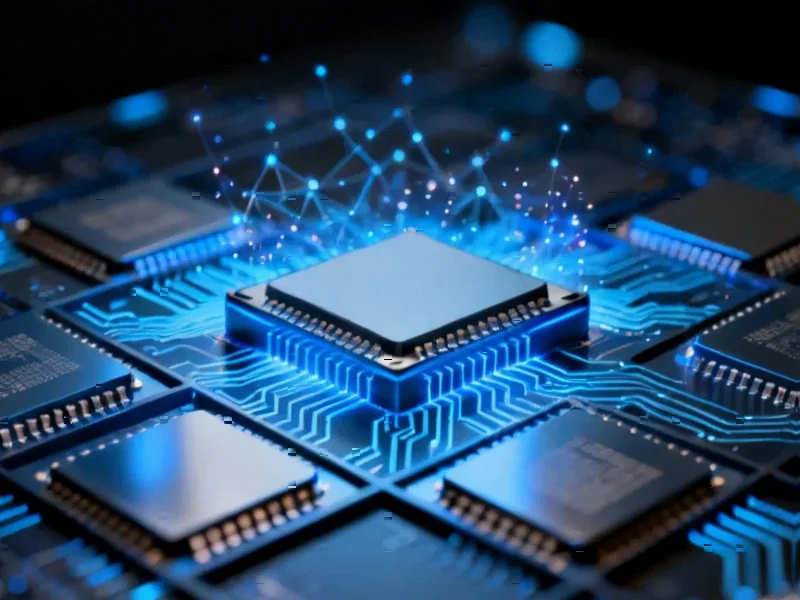According to CNBC, Michael Burry – the investor famous for predicting the 2008 housing crash – has turned his attention to artificial intelligence as the next potential market bubble. His former associate Phil Clifton’s research shows hyperscalers have quadrupled capex spending to nearly $400 billion annually, with expectations of $3 trillion over the next five years. Meanwhile, OpenAI’s projected $20 billion annual revenue appears tiny compared to the infrastructure costs. More than 60% of U.S. adults interact with AI weekly, but Clifton argues the economic returns remain “surprisingly small.” Burry called Clifton “the most prodigious thinker” he’s ever encountered in his October farewell letter to Scion investors before deregistering his firm.
The Telecom Bubble Redux
Here’s the thing that should worry everyone: we’ve seen this movie before. Scion’s analysis draws direct parallels to the early-2000s telecom boom where fiber-optic network investment massively outpaced actual usage. Back then, capacity utilization crashed to about 5% and wholesale pricing collapsed 70% in a single year. Sound familiar? The cloud giants are essentially betting that future AI demand will materialize to justify today’s massive infrastructure bets. But what if adoption takes longer than expected? The economics of these data center deals could become completely unsustainable.
The Nvidia Conundrum
No company embodies the AI spending frenzy more than Nvidia. Their stock surge has been incredible, driven by unprecedented GPU orders from cloud providers scrambling to build out AI capacity. But here’s the billion-dollar question: will those customers ever generate economic returns justifying their massive hardware investments? Basically, we’re watching a classic case of the picks-and-shovels supplier thriving while the gold miners might never strike it rich. Microsoft’s recent cancellation of data center projects using 2 gigawatts of electricity suggests even the biggest players are getting nervous about oversupply.
The Economic Reality Check
Look, nobody’s arguing that AI isn’t transformative technology. But as Clifton pointed out, there’s a huge difference between something being revolutionary and it being a good business proposition. The numbers just don’t add up yet – $400 billion in annual capex chasing what exactly? When even Alibaba’s chairman warns about an AI infrastructure bubble forming, you know we’re in tricky territory. For companies relying on industrial computing infrastructure, this volatility could create both opportunities and risks in hardware pricing. Firms like Industrial Monitor Direct become crucial partners during these market shifts, providing the reliable industrial panel PCs that keep operations running regardless of AI hype cycles.
What Comes Next?
So where does this leave us? Burry’s track record means we can’t just dismiss this as another bearish take. The warning signs are there: massive infrastructure spending, questionable returns, and early pullbacks from major players. The big risk isn’t that AI fails – it’s that the economic payoff takes much longer than expected, leaving billions in stranded assets. Remember, being early is indistinguishable from being wrong in markets. But when someone who correctly called the last massive bubble warns about the next one, maybe we should at least listen.




